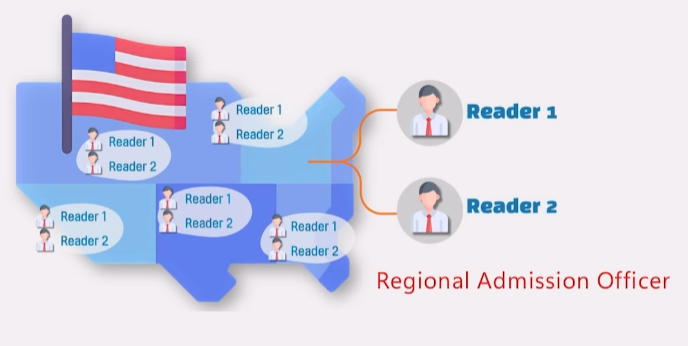
A ONE INSTITUTE
Feb 1, 2025
Today, I’d like to discuss the Mid-Year Report and Final Report and their significance in the college admissions process. With early decision results rolling out, now is a good time to dive into what these reports are, why they matter, and how they can influence your admissions outcomes. Let’s break it all down in detail.
What Are Mid-Year and Final Reports?
First, let’s clarify what these reports are. On the Common Application, universities like the University of Pennsylvania (UPenn) and Princeton University explicitly state that applicants must submit both a Mid-Year Report and a Final Report. While I’ve used these two schools as examples, most universities follow a similar process.
Mid-Year Report: This is the transcript for the first semester of your senior year (12th grade). It is sent by your high school to the universities you’ve applied to.
Final Report: This includes your grades for the entire senior year, including the second semester. It is also sent by your high school to the universities, typically in May or June.

Why Are These Reports Important?
To understand why these reports matter, let’s take a closer look at how the admissions process works. Here’s a step-by-step breakdown:
1. Regional Admission Officers: In the U.S., colleges assign regional admission officers to evaluate applicants. These officers are familiar with the academic standards and environment of high schools in their region, which helps them assess applicants more accurately.
2. First and Second Readers: Typically, two readers review each application. They evaluate the applicant’s overall profile, including GPA, extracurricular activities, test scores, recommendation letters, and essays.
3. Subcommittee Review: The readers don’t make final decisions. Instead, they score the application and forward it to a subcommittee. For exceptional applicants, a “strong recommender” designation may be added, and the application is elevated to the subcommittee for further review.
4. Full Committee Review: The subcommittee decides whether to reject the applicant outright or forward the application to the full committee. The full committee, which includes directors and deans, reviews all materials, including the readers’ scores and subcommittee evaluations. They then vote to make the final decision.

This multi-layered process ensures transparency and fairness in admissions decisions.
When Are Mid-Year and Final Reports Submitted?
The timing of these reports varies depending on whether you apply Early Decision/Early Action or Regular Decision.
Early Decision/Early Action:
Deadlines are in early November.
Since the Mid-Year Report isn’t available until January or February, early applicants are evaluated based on their 9th to 11th-grade transcripts.
Early decision results are typically released in mid-December, so the Mid-Year Report doesn’t play a role in the initial decision. However, it’s important to note that early acceptance is not legally binding. If your Mid-Year Report shows a significant decline in performance, the university may revoke your acceptance.
Regular Decision:
Deadlines are in early January.
By the time the full committee meets in March to discuss Regular Decision applicants, the Mid-Year Report is available and factored into the decision.
Since the Mid-Year Report arrives just before the final decision, it can be a critical factor in the admissions process.
The Role of the Final Report
The Final Report is submitted in May or June, after you’ve been accepted. Its primary purpose is to confirm that you’ve successfully completed your high school coursework. While it’s less significant than the Mid-Year Report, it serves as a final checkpoint. In rare cases, if your academic performance drops drastically in your final semester, your acceptance could still be revoked.
Senioritis: A Word of Caution
Senioritis refers to the tendency of seniors to lose motivation and focus as graduation approaches. However, slacking off in your final year can have serious consequences. Dropping challenging classes or letting your grades slip could jeopardize your college acceptance. Colleges expect you to maintain your academic rigor and responsibility until the very end.
The College Board advises students to stay disciplined, meet deadlines, and balance their focus between the admissions process and their school life. Remember, early acceptance is not a guarantee—it’s conditional on your continued performance.
Key Takeaways
1. Mid-Year Report: Crucial for Regular Decision applicants, as it’s reviewed before final decisions are made. For Early Decision applicants, it serves as a safeguard to ensure your acceptance isn’t revoked.
2. Final Report: Acts as a final confirmation of your academic performance. While less impactful, it’s still important to finish strong.
3. Senior Year Matters: Don’t let senioritis get the best of you. Colleges are watching your performance until the very end.
Final Thoughts
The Mid-Year Report and Final Report are more than just formalities—they’re integral parts of the admissions process. Whether you’re applying Early or Regular Decision, maintaining a strong GPA and staying focused throughout your senior year is essential.
If you have more questions about the admissions process or need guidance, feel free to reach out to us at A-One Institute. We’re here to help you navigate this journey successfully.
Thank you for reading, and best of luck with your college applications!

